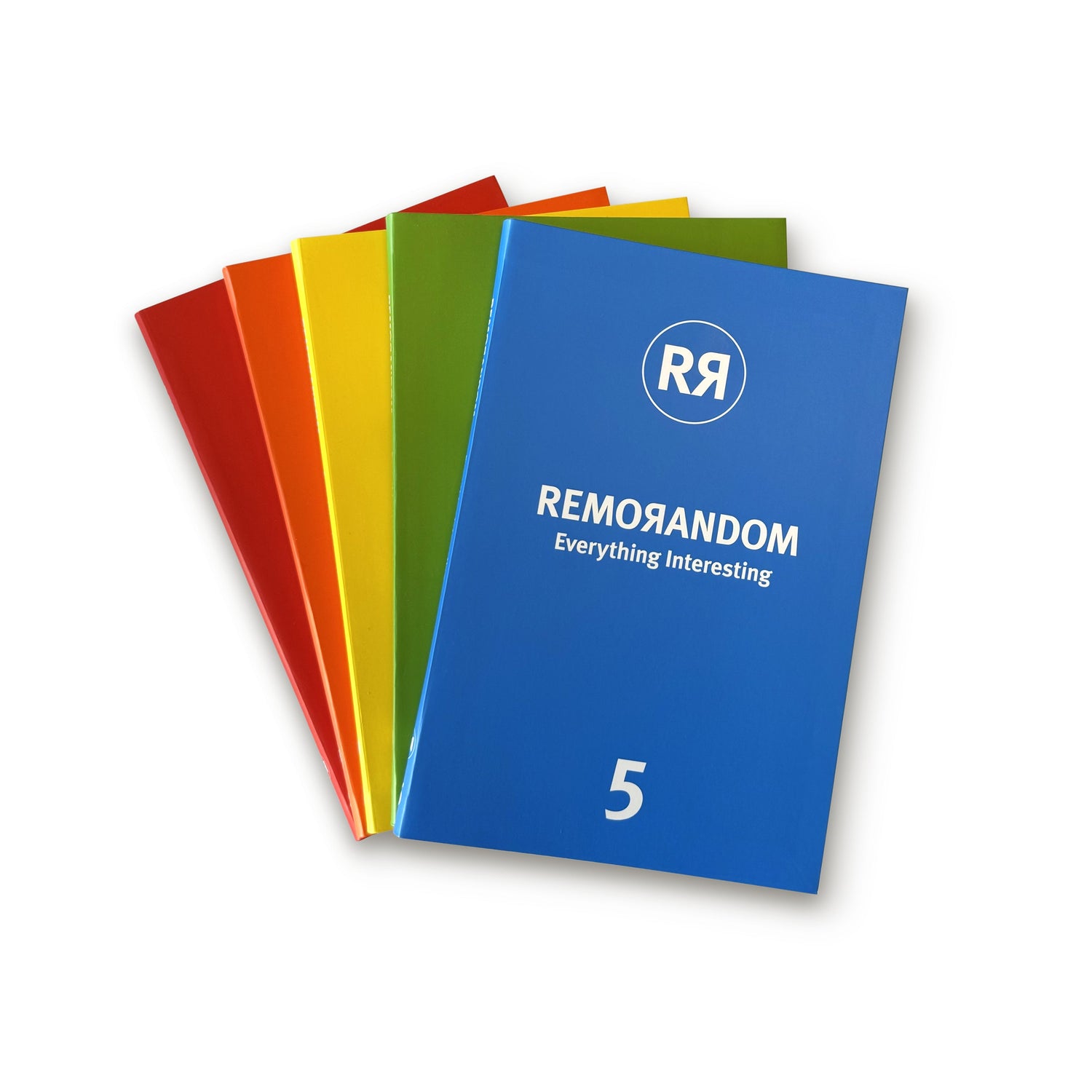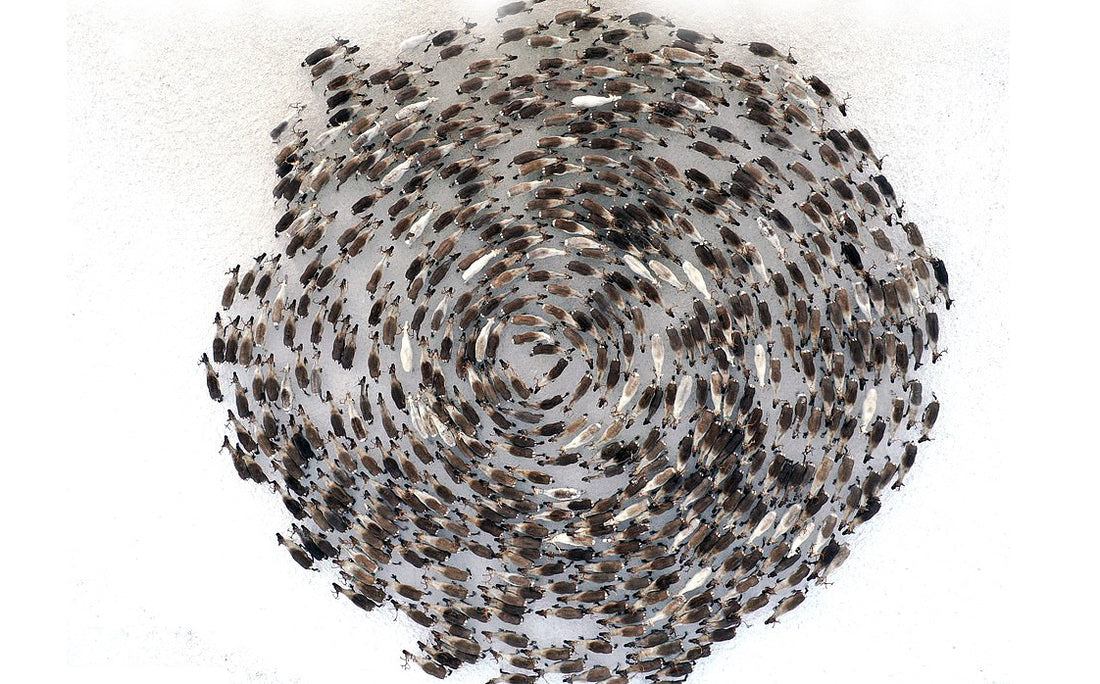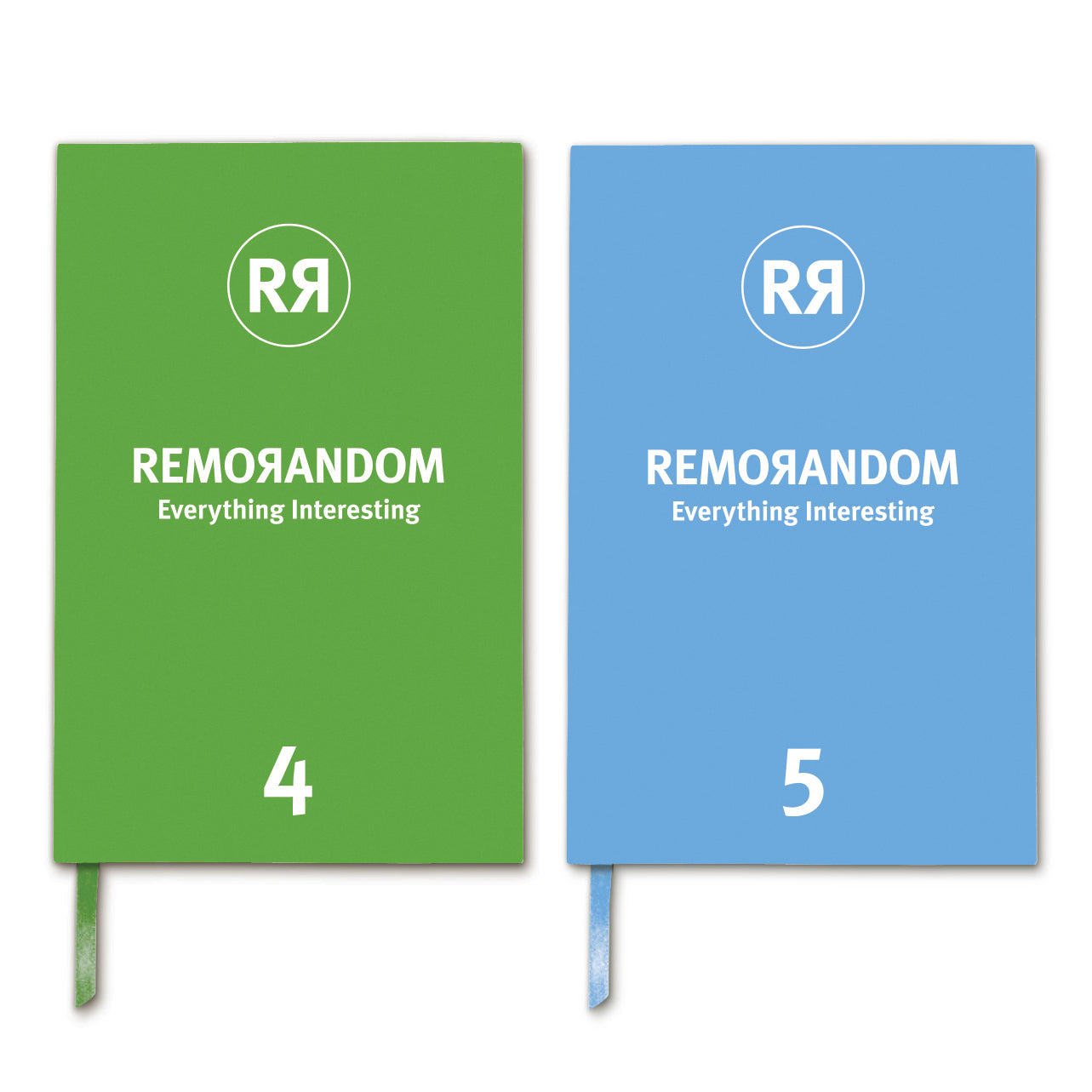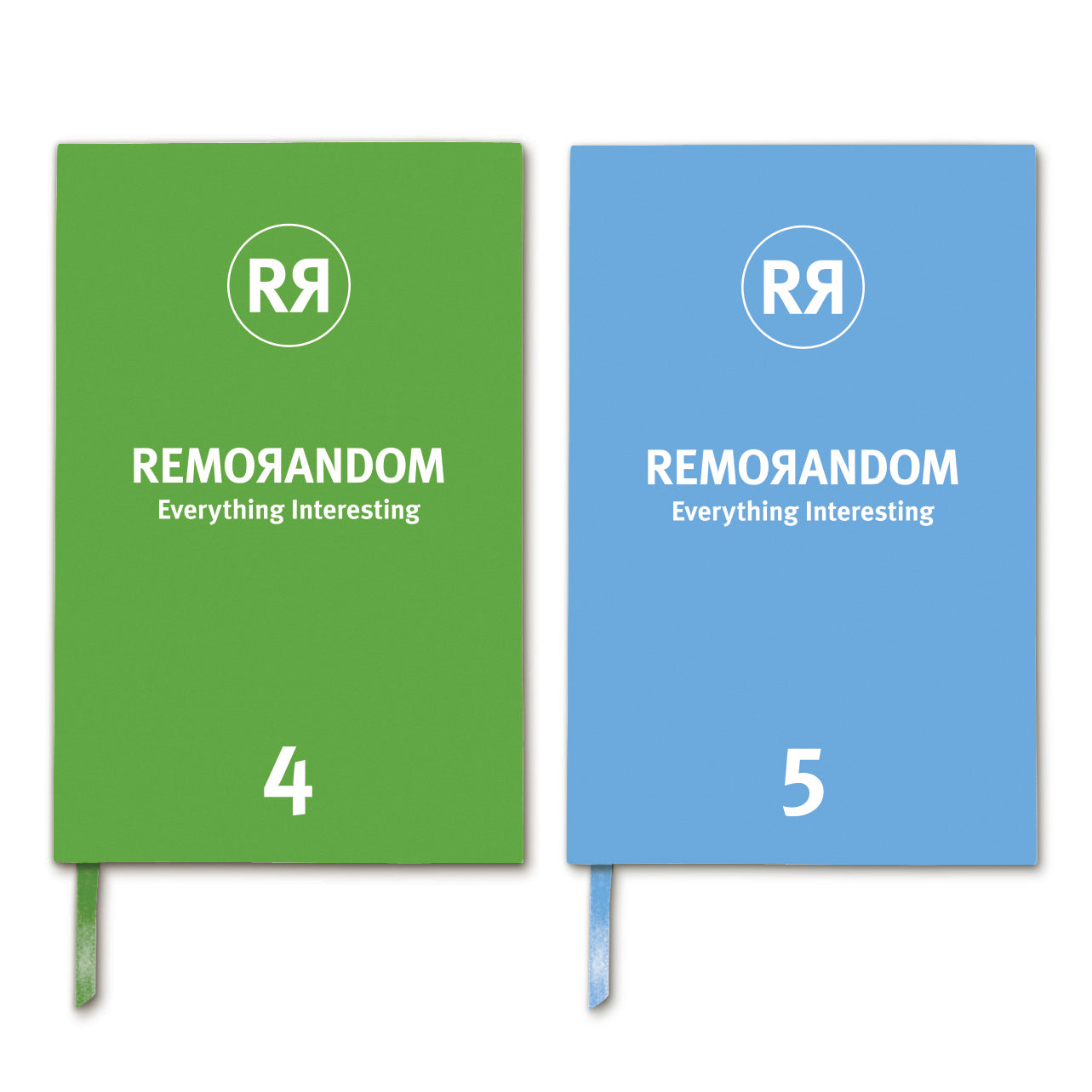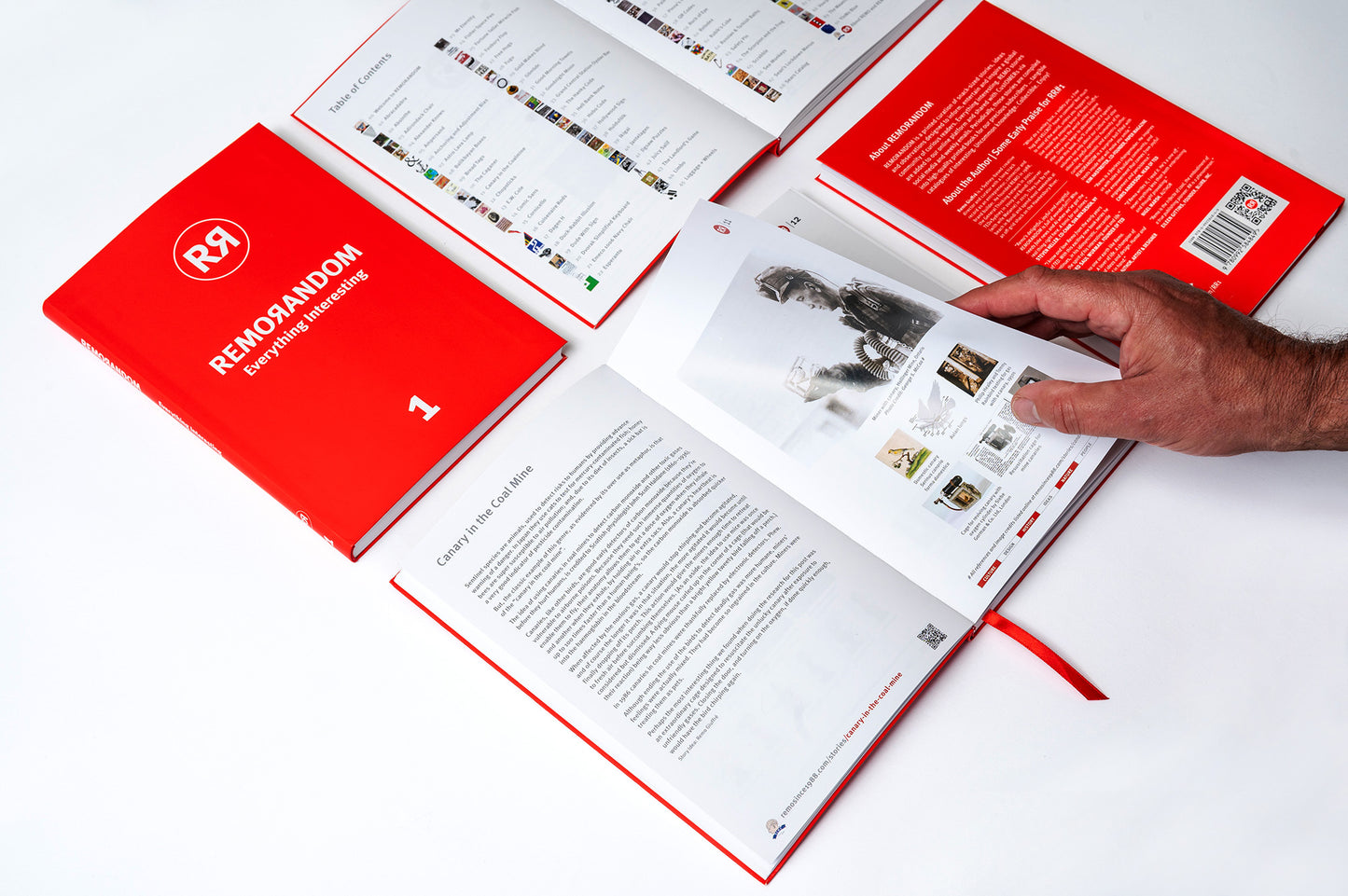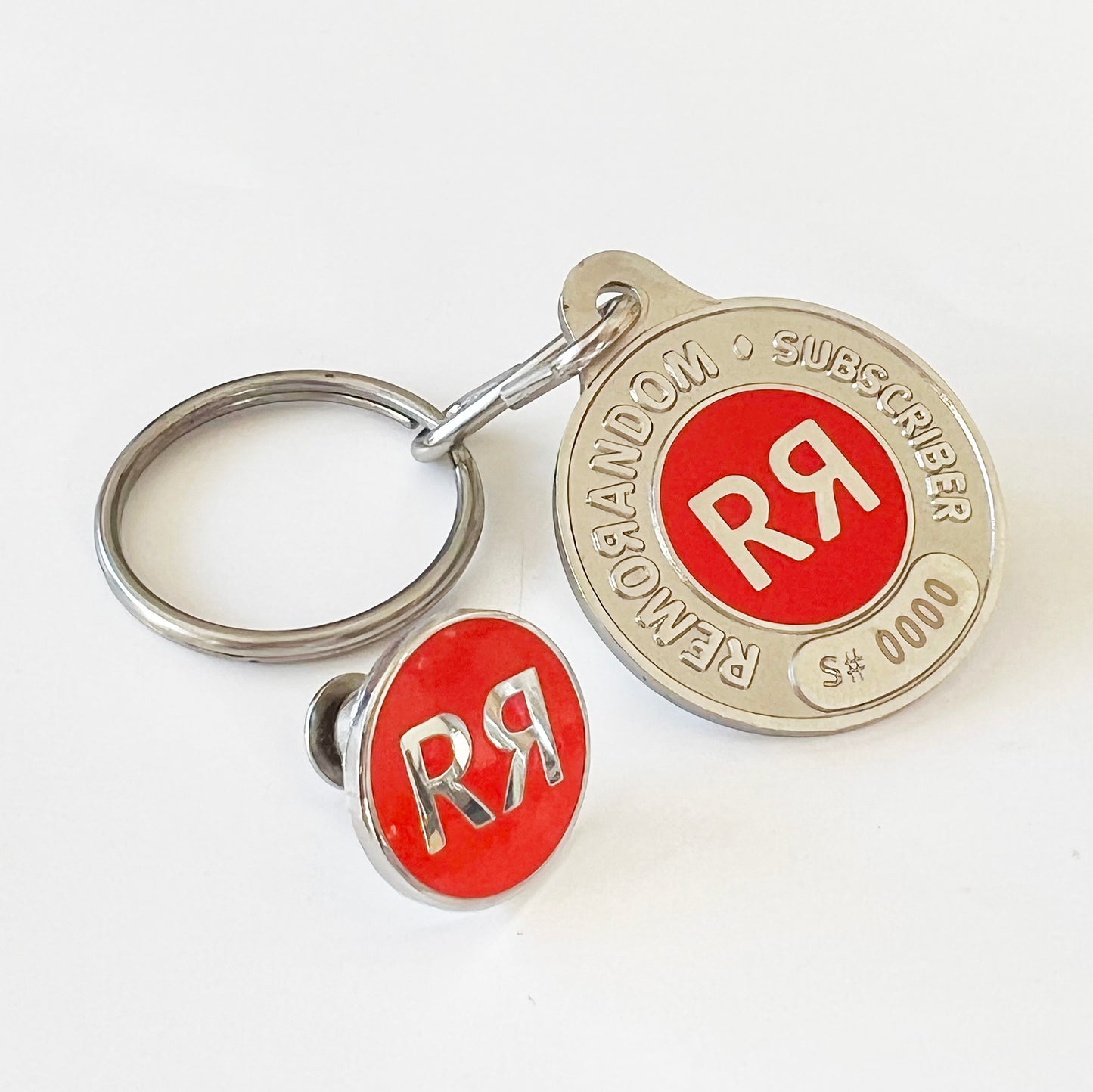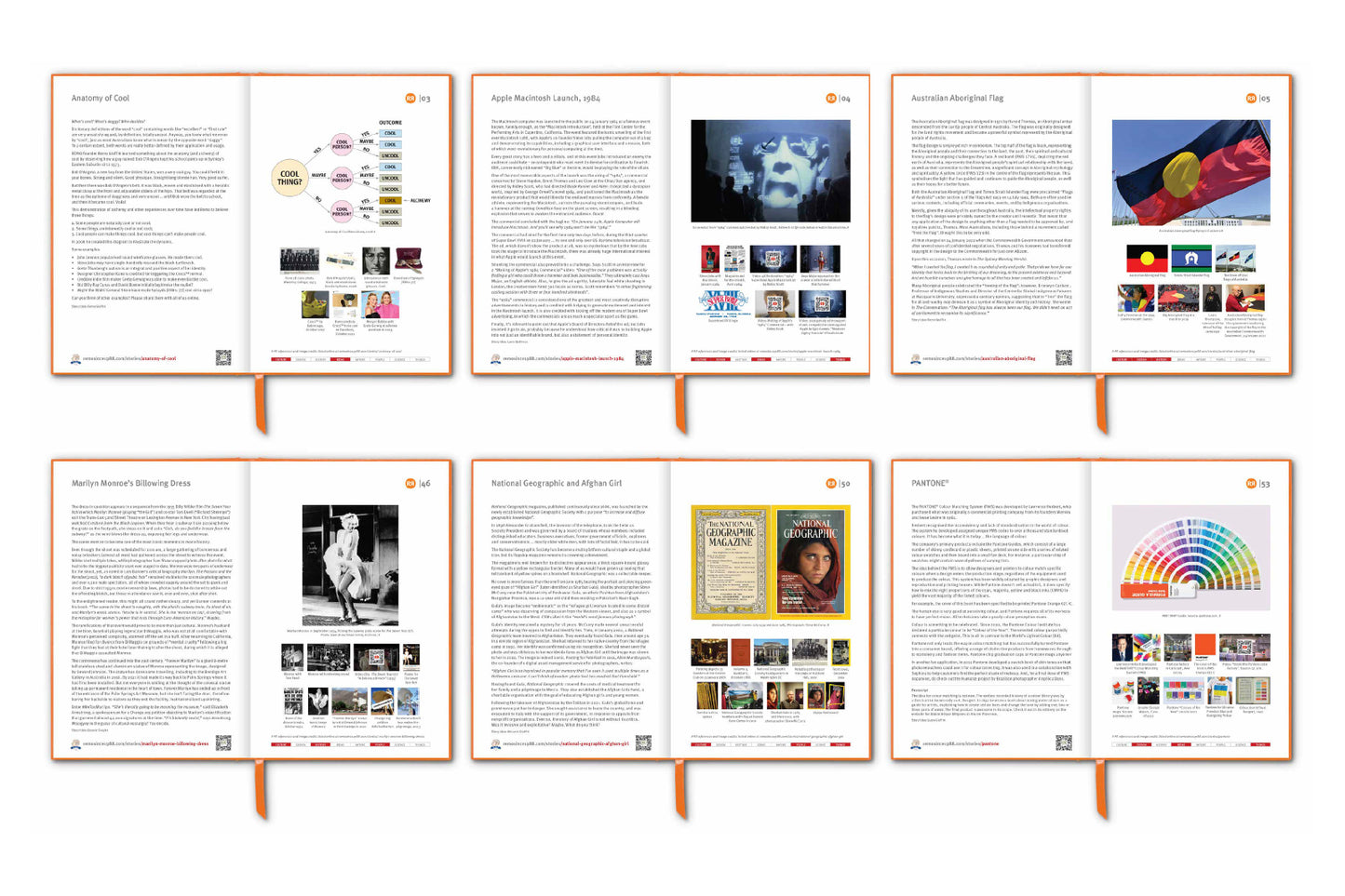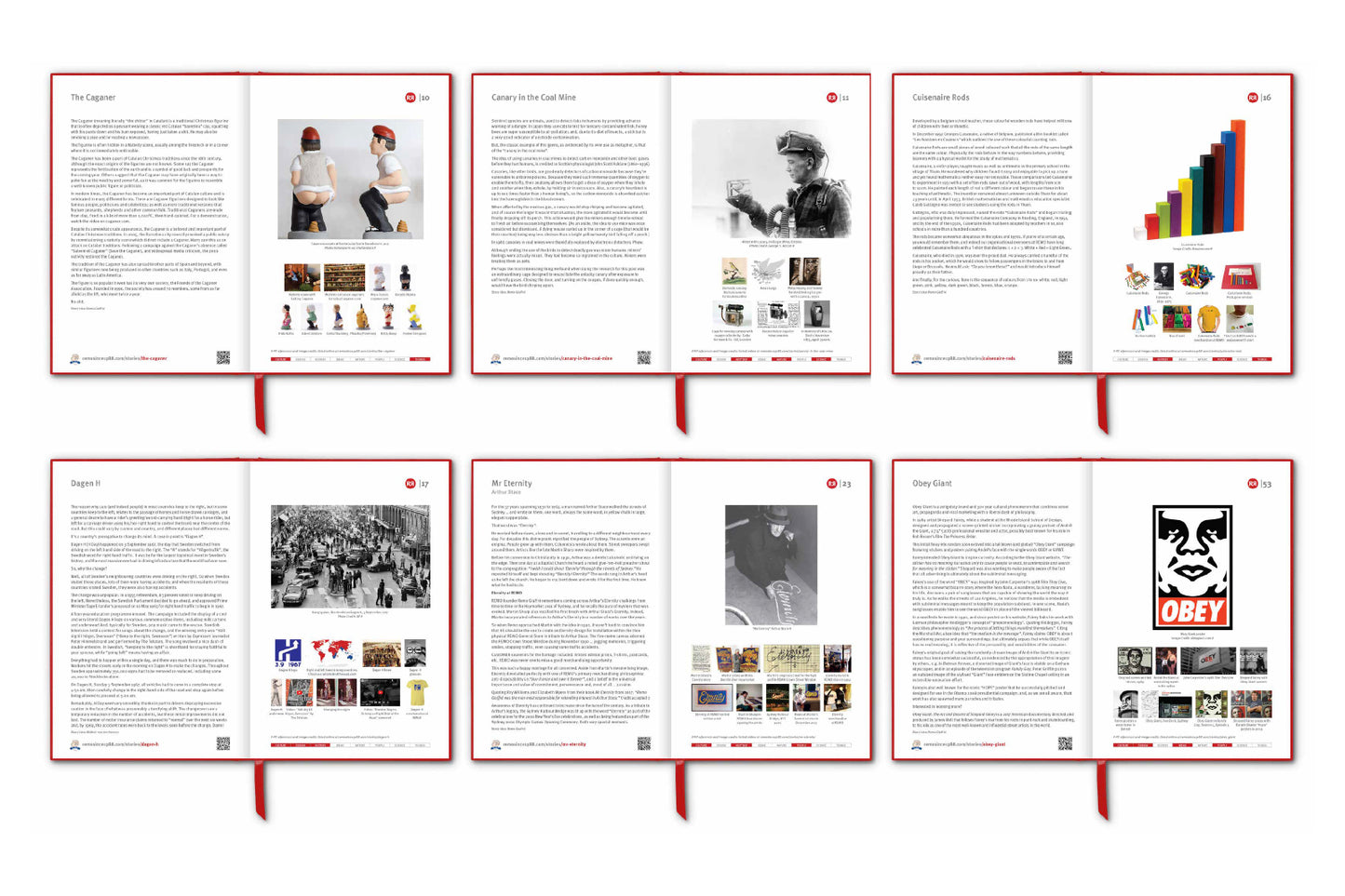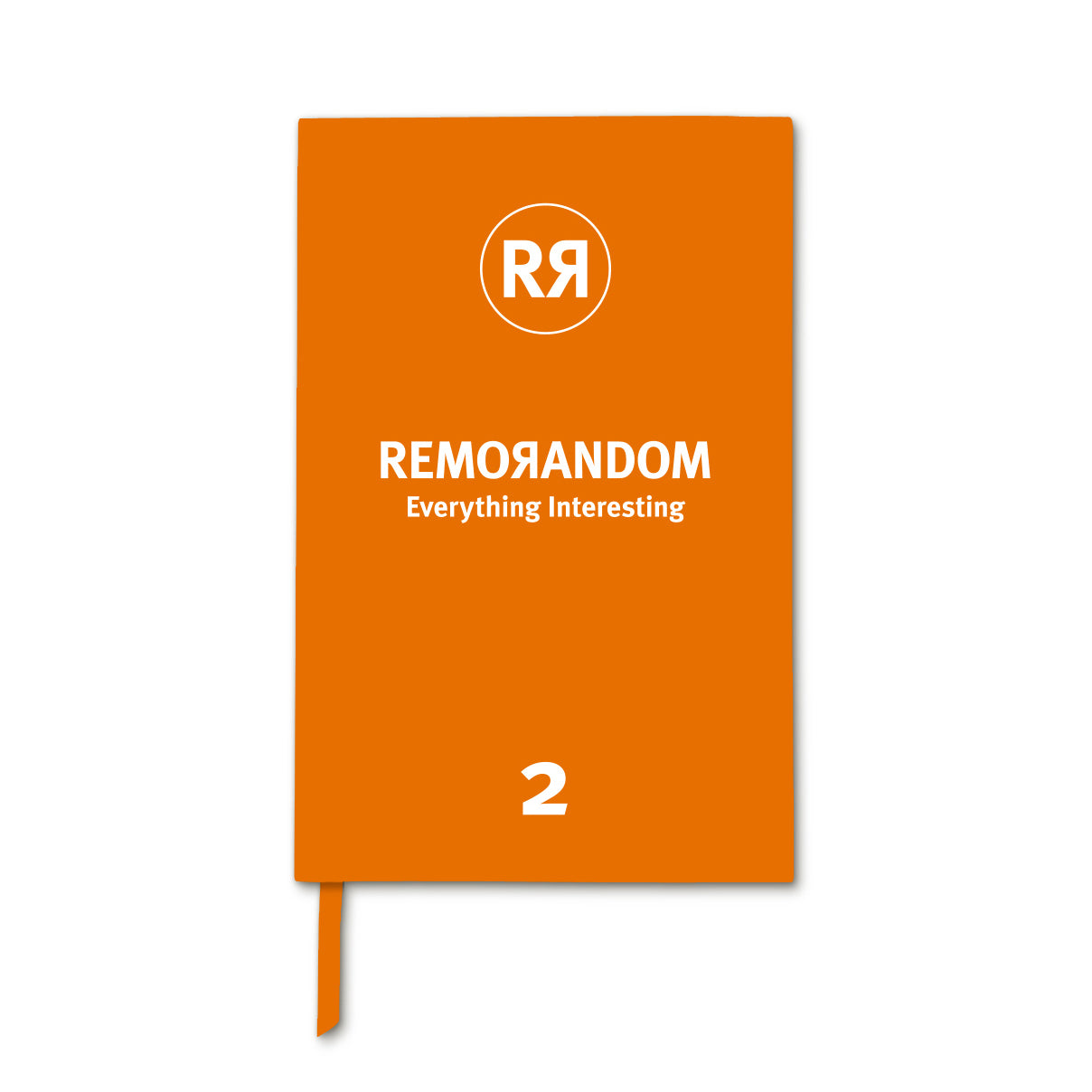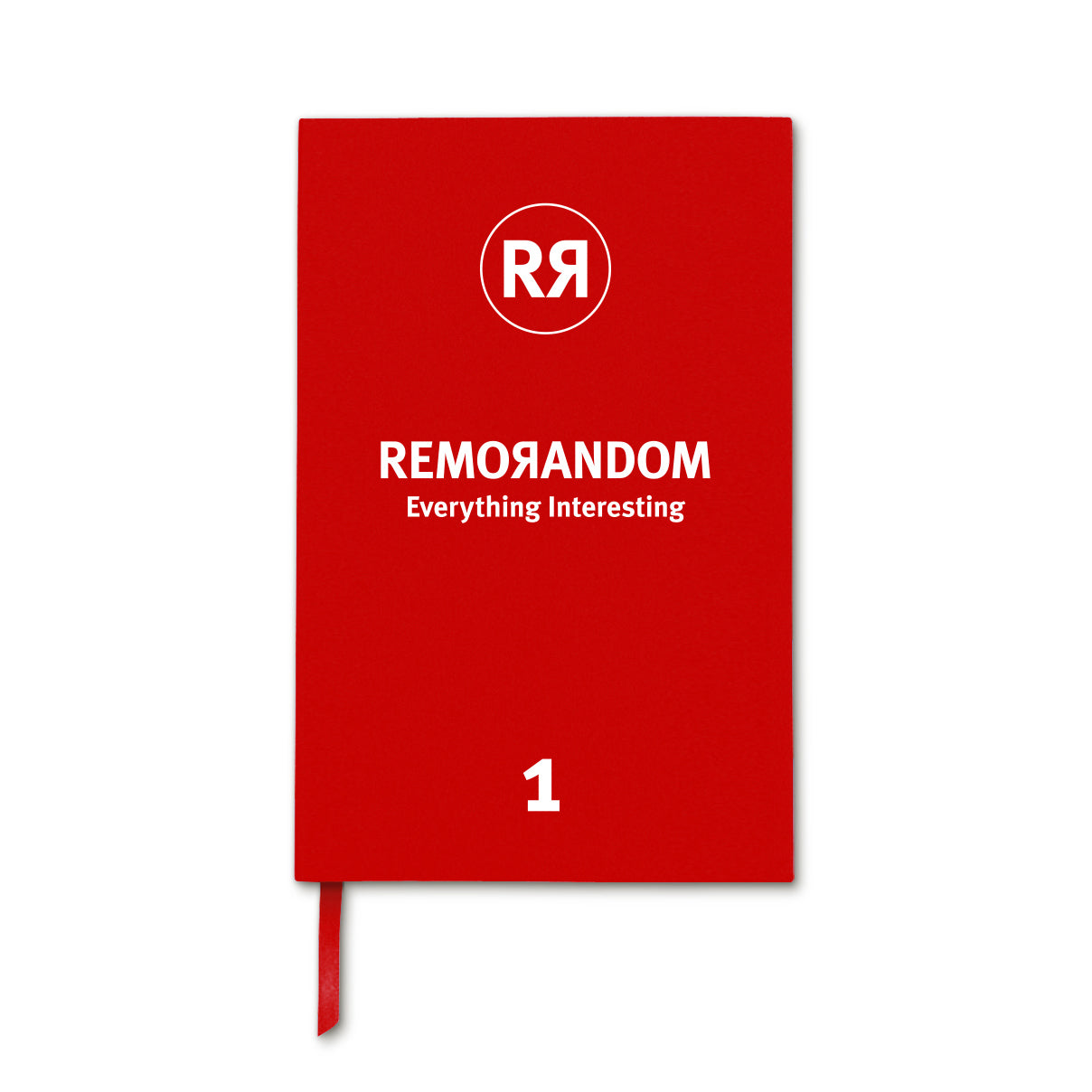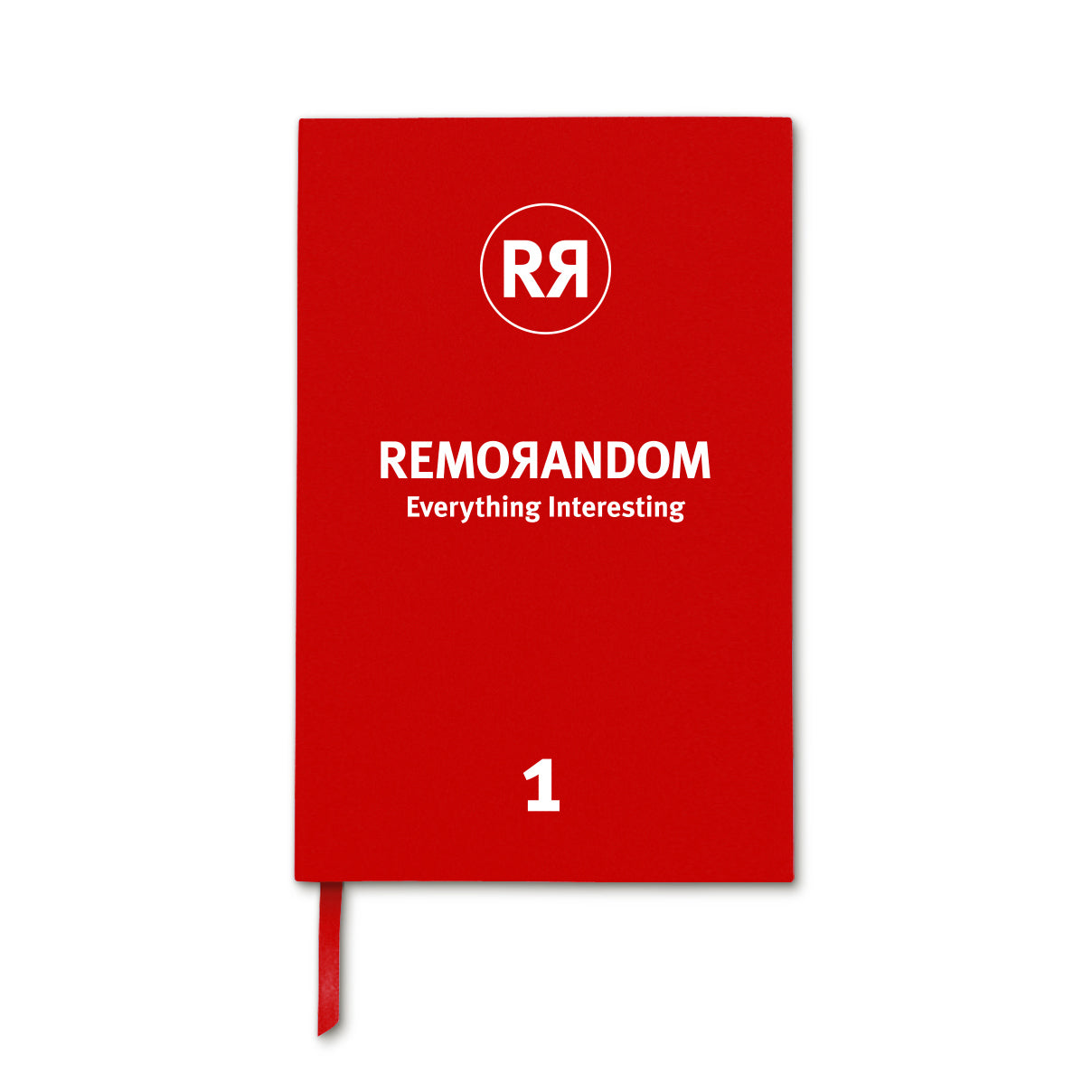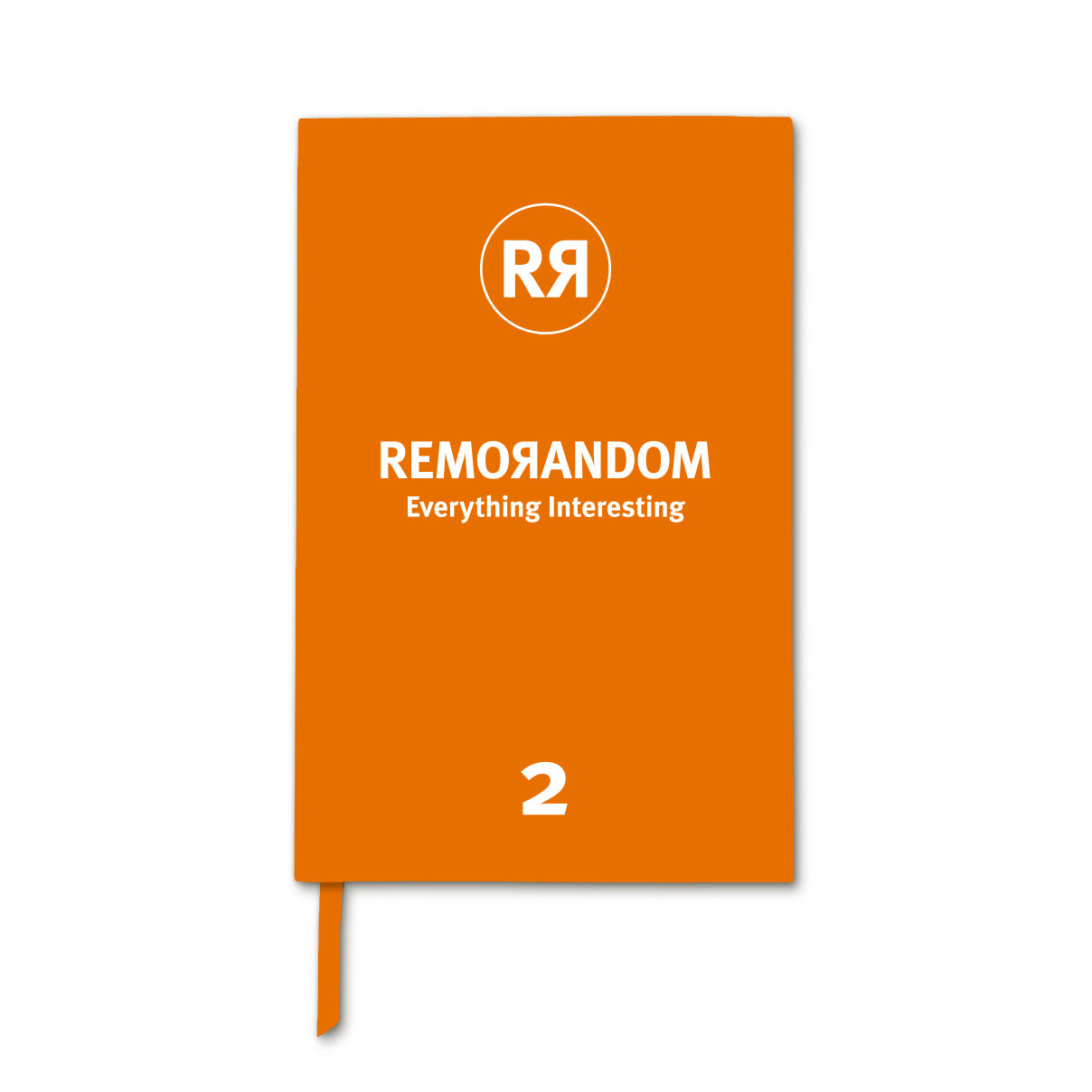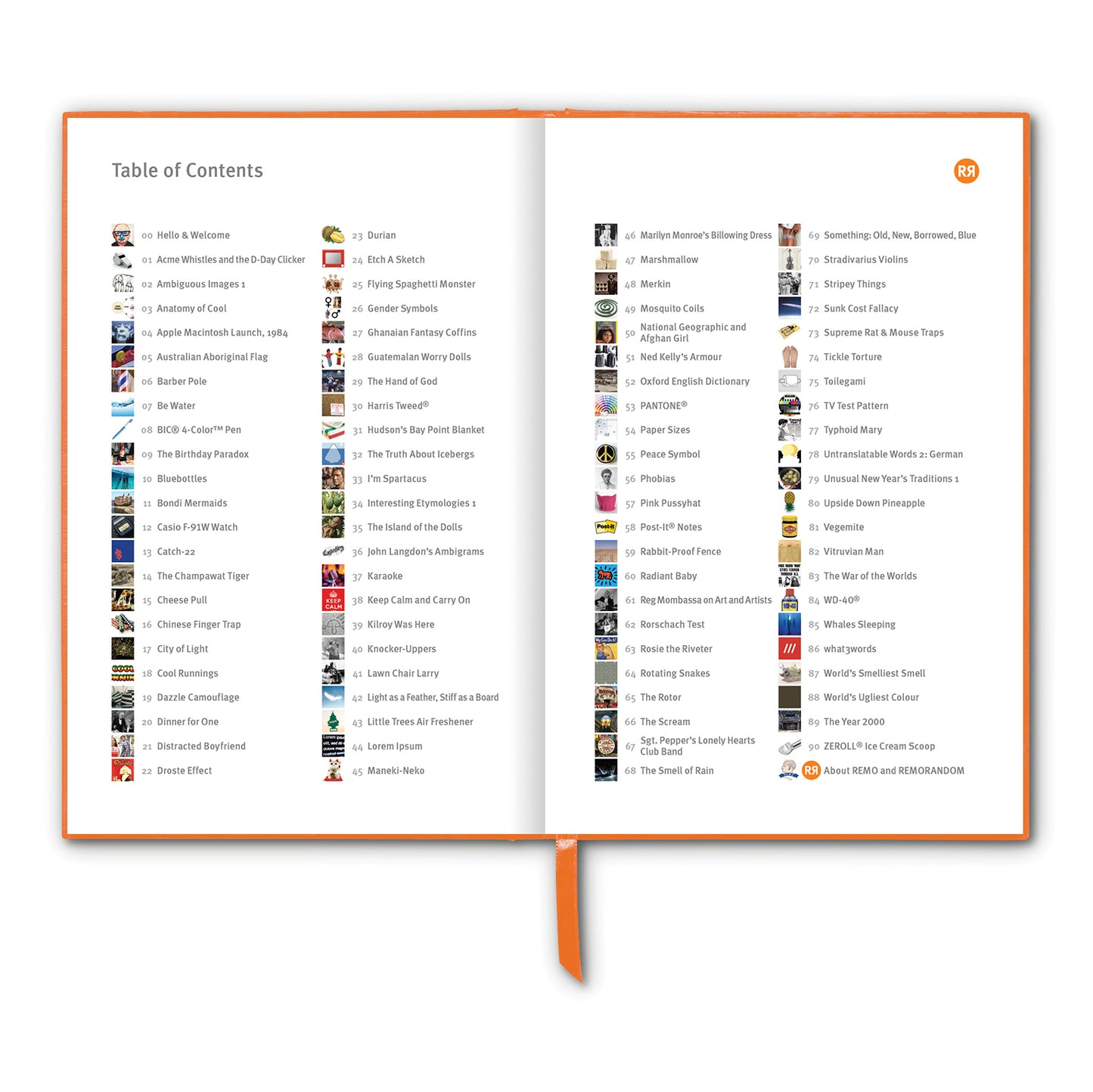Reindeer cyclones, also known as reindeer vortexes or reindeer spirals occur when hundreds or even thousands of reindeer come together and move in a circular or spiral pattern. Vikings hunting reindeer in Norway were once understandably confounded by this behaviour.
It’s a good example of swarm behaviour that is akin to the bait balling of fish and the murmuration of birds. The swarming serves a number of functions including the promotion of social bonding and cooperation, and defence from predators.
For reindeer cyclones, the defence is against wolves, bears and even human hunters. The dense grouping and rapid movement of the herd can confuse and deter potential attackers, making it difficult for predators to target individual reindeer. There is strength in numbers, but even more strength when those numbers are clustered together and moving fast.
Some breathtaking drone video taken in 2021 on Russia’s Kola Peninsula in the Arctic Circle captured one of these spellbinding reindeer cyclones. Watch it HERE. In the clip, the herd's fawns and does are in the middle of the swirl with the bucks running around them in a protective “dance”.
Similar behaviour has been observed in dolphins, bison and even elephants. It also happens in the air and in the sea. The school of Atlantic horse mackerel is one of the images below is forming a bait ball. When surrounded by predators, such as the barracuda and bluefish shown, the school will gather close together to expose the least number of individual fish. In the open ocean, without hiding places among kelp, coral, or coastal rocks, the bait ball will protect most of the smaller fish. Nature being nature.
From a more abstract point of view, swarm behaviour is the collective motion of a large number of self-propelled entities. From the perspective of the mathematical modeller, it is an emergent behaviour arising from simple rules that are followed by individuals and does not involve any central coordination. The simplest mathematical models of animal swarms generally represent individual animals as following these three rules:
- Move in the same direction as your neighbours
- Remain close to your neighbours
- Avoid collisions with your neighbours
Sensible advice regardless of the context.
Story Idea: Greg Ross | Futility Closet
________________________
References
designboom.com/design/reindeer-cyclone-wild-way-of-vikings-pbs-04-01-2021
livescience.com/64778-vikings-reindeer-cyclone
wikipedia.org/wiki/Swarm_behaviour
Images
1 & 4. Video: this drone footage shows a reindeer cyclone in all its glory, designbloom, 2021. Credit: Lev Fedosayev / TASS.
2. Arctic reindeer. Photo credit: Melola / Shutterstock.com
3. Simulating Swarm Intelligence. Credit: The New York Times, 2007
5. Bait ball in Bondi bay. Credit: Shark Drone App. What's that shark doing in the middle of that bait ball? Breach!
6. European barracuda with mackerel bait ball. Credit:
7. Video: Incredible starling murmuration makes shape of bird over lake in Ireland. Video and photo credit: James Crombie and Colin Hogg / INPHO / Shutterstock
